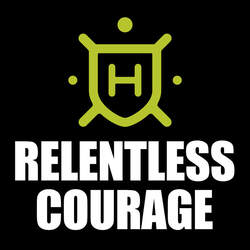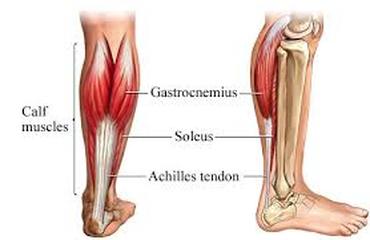5 Strategies to Overcoming Tight Calves During Training Let me start by saying that everyone is going to respond differently and all situations are unique in and of themselves. I was just asked the question, “For the past few weeks my calf muscle has hurt starting at 1-1.5 miles and then just keeps hurting (like a tightness, aching). I've been resting the past few weeks, icing, stretching. I just went for another run and same thing. I'm feeling super frustrated. Any suggestions?” Thank you for the question, Sam. I have dealt with similar issues in the past few years and have tried a number of things to overcome it. Some methods have been successful and some not so much. I’ll share with you 5 strategies that have worked for me and my clients to overcome tension in your calves during training: 1. Hydration – I’ve experienced it and seen it with many athletes when transitioning seasons from a cooler temperature to a warmer temperature. As the temp increases so does the amount we sweat. While the amount of water you drink is unique to you, the fact that you should drink more when it gets hotter is universal. 2. Active vs Passive Stretching – Do not stretch before you run! It’s ok to loosen up by moving through various ranges of motion, but holding a stretch for 20 seconds or 30 seconds will shut the nervous system down and prevent the muscle from working properly. I don’t believe in passive stretching ever during training and any time I have in the past, it has worked against me. Instead, move your joints through full range of motion slowly and deliberately, hold for maybe 2 seconds and back off slowly. Do not bounce or be violent with your stretching routine, but unless you’ve been prescribed static stretching by a Physical Therapist to treat a diagnosed injury, avoid it. 3. Foam Rolling – Every runner should have a foam roller. There are a number of ways to use them but one is to self–inflict a serious amount of pain. On an off day, go for a short walk to get the blood flowing and spend 10 – 20 minutes rolling out your calves. The fibers will stick together and prevent the muscle from functioning properly. Rolling that out will reset the tissue. It’s is somewhat of an art but I always talk about foam rolling this acute tension like using a metal detector on your calves. Where the pain “beeping” is the loudest is where you should spend the majority of your time. Good luck… 4. Calf Socks – Compression sleeves or calf socks allow me to train. I can get away with a run or two without them, but if I went a week, I would be hurting. Check out TC Running Company http://tcrunningco.com/ , they’ll get you set up with the right size and they have many colors to choose from. Calf sleeves and compression socks keep the blood flowing and prevent it from pooling. I just picked up a pair for $40.00. 5. Rest – I know it’s hard to do, but let me tell you this, the longer you do this, the more you learn that there is really nothing that has the power that a few days off does. If it doesn’t fit into your training schedule think about it this way, if you don’t listen to your body, you might not make it to the event your training for. A day or two off in the middle isn’t going to sabotage your program. Part of the fun of training for marathons or ultra – events for me is manipulating the template based on how your body is telling you to move. Unplanned rest always makes its way into my program. The best advice I ever got was from a guy named Alec Foss while I was working at Life Time. He was a trainer who had done 10 marathons when I was training for my first. He rarely gave me any advice even though I asked him for it every day. He always said, and I quote, “Listen to your body.” That wisdom has never left me and I share it with everyone who asks me anything running related. That doesn’t mean that there isn’t more to say, but I’ll end with that. Listen to your body. Jon Howard - Husband and Father of 3 | Ultra Endurance Athlete | Owner - Training Edge Sports
0 Comments
Leave a Reply. |
Archives
April 2024
|


 RSS Feed
RSS Feed